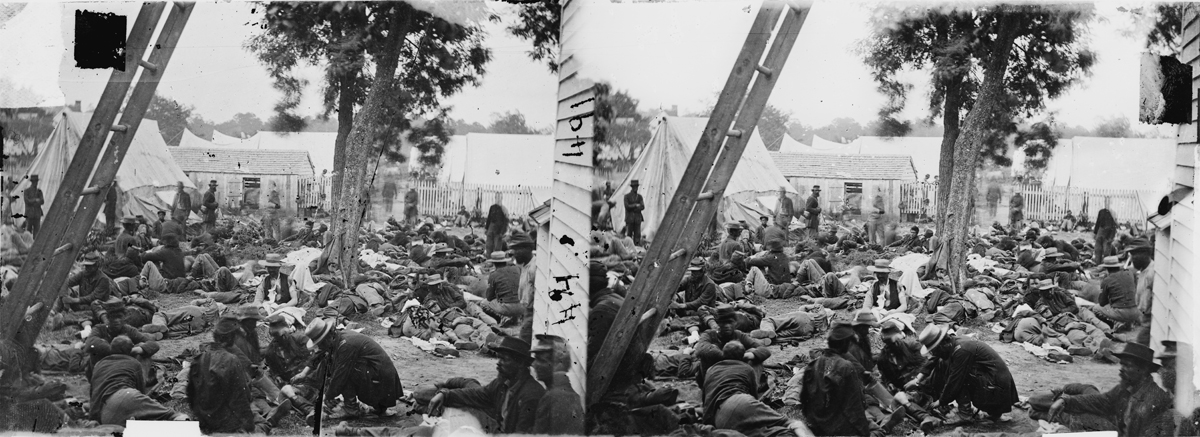

Thousands of women on both sides of the war volunteered to work as nurses in the hospitals. Doctors generally used drugs such as chloroform or ether to sedate patients before amputation. They became very proficient at amputation.įortunately, there were some forms of anesthesia at the time. This was the main type of surgery that doctors performed. The wounded arm, leg, or finger would just be cut off. Many soldiers became sick and died from infections.īecause there weren't any antibiotics to help cure infections, the only real treatment for wounds was amputation. There were no antibiotics like Penicillin at the time, either. Due to the poor sanitary conditions of the hospitals and the doctors, many wounds became horribly infected. The biggest concern for the wounded was infection. They didn't wash their hands or clean their medical instruments between surgeries. Doctors were unaware of how diseases spread. Many of the doctors serving during the Civil War had very little training and the training they did receive wasn't very good. Sometimes there wasn't enough room for all the wounded and they were just lined up on the ground outside.
CIVIL WAR HOSPITAL CONDITIONS FULL
They quickly became dirty places full of disease and suffering. They were typically set up in barns or homes nearby the battlefield. The last place any soldier wanted to end up was in a Civil War field hospital.Ĭivil War field hospitals were horrible places. However, this was not the case at all during the Civil War.

After all, they would be able to relax in a nice clean hospital and get looked after by expert doctors instead of fighting. You may think that some Civil War soldiers were glad to get wounded. American Civil War Civil War Medicine History > Civil War


 0 kommentar(er)
0 kommentar(er)
